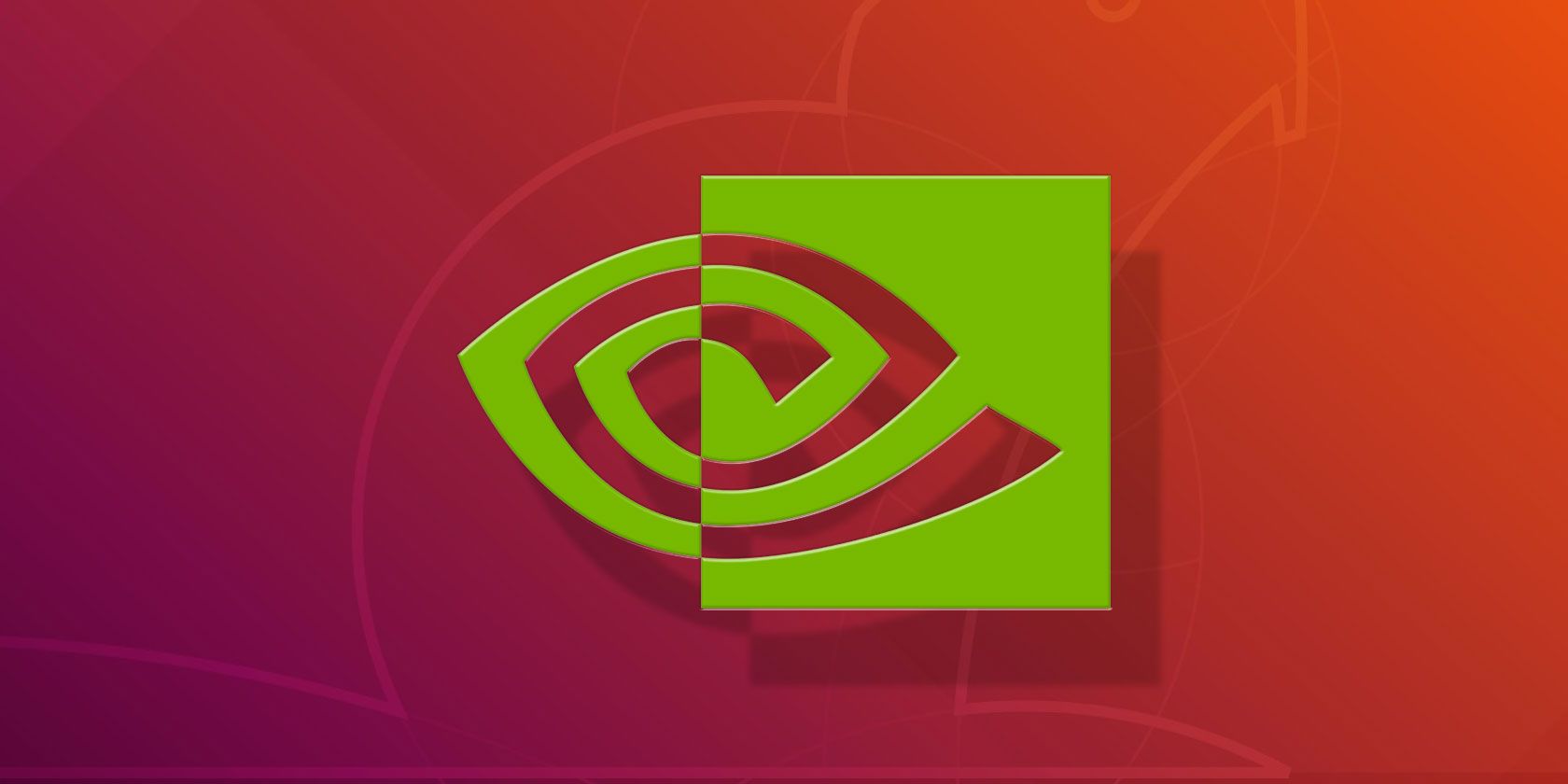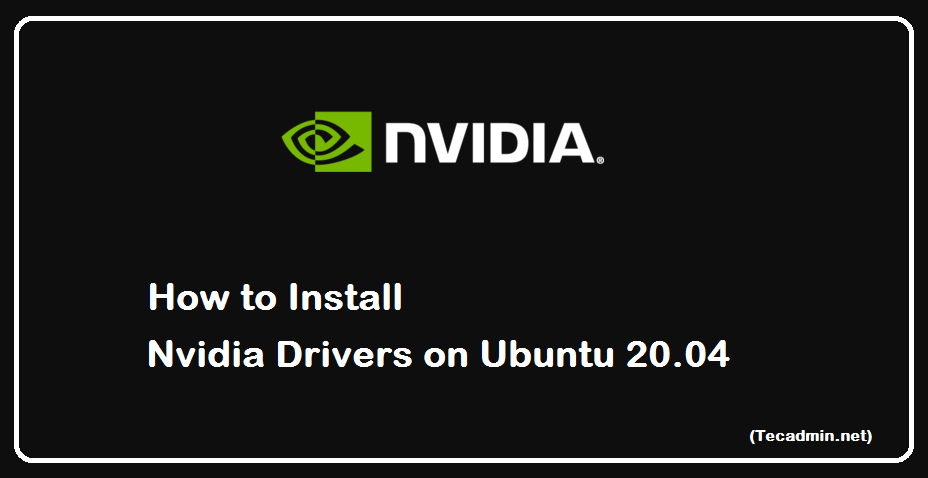

Unloaded: fbdev,modesetting gpu: N/A resolution: 1024x768~76Hz OpenGL: renderer: llvmpipe (LLVM 13.0.1 256 bits) v: 4.5 Mesa 22.0. System: Host: mars Kernel:5.15.0-56-generic x86_64 bits: 64 Desktop: GNOME 42.5ĭistro: Ubuntu 22.04.1 LTS (Jammy Jellyfish) Graphics: Device-1: NVIDIA TU106 driver: N/A Display: x11 server: X.Org v: 1.21.1.3 driver: X: loaded: nouveau,vesa 340.108-0ubuntu5.20.04.2: amd64 armhf Package nvidia-331-dev bionic (18.04LTS)(misc): Transitional package for nvidia-340-dev restricted 340.106-0ubuntu3: amd64 armhf i386 bionic-updates(misc): Transitional package for nvidia-340-dev restricted 340.108-0ubuntu0.18.04.

The script I mention in the comments just use the apt command plus I clean some files in my home directory: nothing revolutionary. The first method of installing Nvidia drivers on Ubuntu 20.04 is the easiest to perform and in most cases it is the recommended approach. CUDA is a parallel computing platform and application programming interface (API) model. I came back to kernel 5.15.0-56-generic and the Nvidia driver still does not work something is broken in my distro. Now we can execute another command which will tell us what model and video driver is. I have noticed that the kernel was updated too: 6.0.0-1007-oem and my only explanation is that it comes with something incompatible with the Nvidia driver. Installed the Nvidia drivers from the official Ubuntu repositories. Most modern Linux Desktop systems such as Ubuntu come with an Nvidia driver pre-installed in the Nouveau open-source graphics device driver for Nvidia video.

My Ubuntu 22.04 updated this morning (after I use a standard script using the apt command and some other stuffs to clean my home directory) and the Nvidia driver does not work anymore.


 0 kommentar(er)
0 kommentar(er)
